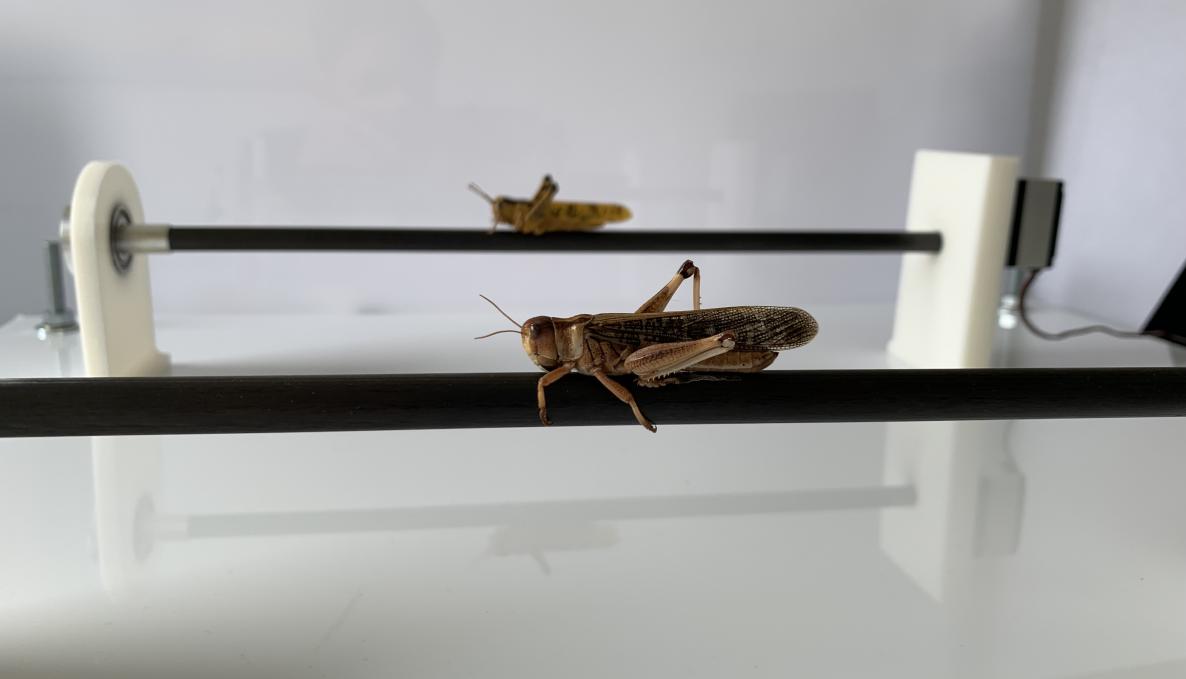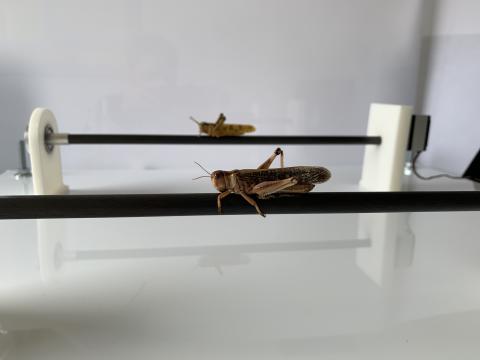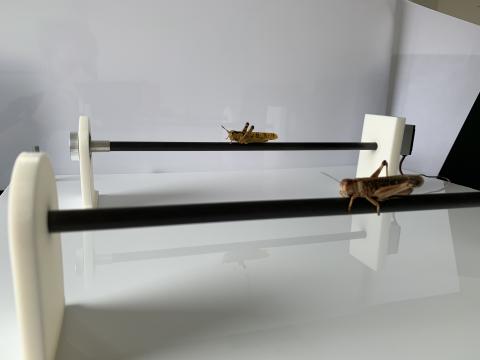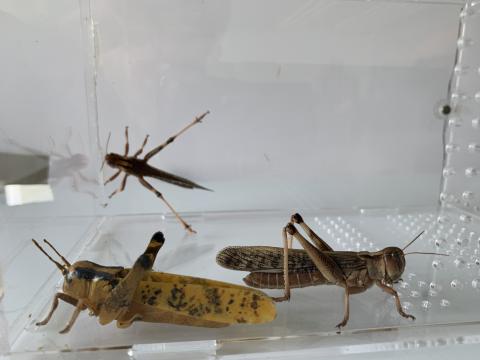Robot-animal interaction: locusts use robotic avatars as a social source of information to optimise their ability to evade potential predators

A study by the Biorobotics Institute of the Sant'Anna School in Pisa has demonstrated for the first time the presence of social learning in locusts using biorobots. The results, published in the International Journal of Social Robotics, mark a significant achievement in the field of insect behavioural biology and bionics.
The study was conducted by researcher Donato Romano and professor Cesare Stefanini, director of the BioRobotics Institute. It examined the behaviour of Locusta migratoria specimens in their gregarious phase and their social learning ability.
The innovative approach involved the interaction between locusts and biomimetic robots, demonstrating that these insects are able to optimise their ability to hide from possible predators by observing and imitating the behaviour of their robotic 'avatars'.
The researchers used robots with different shapes and colours, revealing that the most locust-like shape and colour play a key role in inducing anti-predator behaviour through social learning.
"This study proves the presence of social learning in locusts in their gregarious form and this emerges in particular ecological contexts," comments Donato Romano, first author of the study. "Locusts use the social information provided by robots to enhance their predator avoidance behaviour, opening new perspectives in the understanding of insect social behaviour".
This discovery lays the groundwork for further research in the area of insect social communication and learning and opens the way for possible applications in biosystem engineering. The animal-robot interaction shows the potential of robots as vectors of social information for living organisms, suggesting biorobotics as an advanced and ecologically sustainable approach for the study of complex animal collective dynamics and environmental management.






